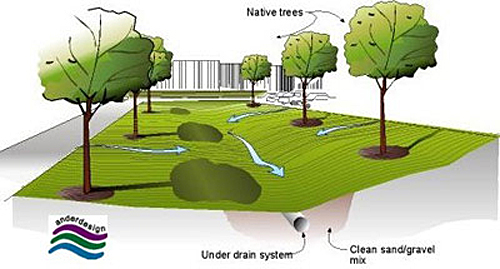Low-Impact Construction Methods
When it comes to sustainable building practices, low-impact construction methods play a crucial role in reducing environmental impact and promoting a more eco-friendly approach. These methods prioritize minimizing the use of natural resources and reducing waste throughout the construction process.
1. Passive Design
Passive design is a key aspect of low-impact construction. It focuses on maximizing natural heating, cooling, and lighting to reduce the need for energy-intensive systems. By incorporating features such as large windows for natural light, proper insulation, and strategic positioning to harness solar energy, passive design significantly reduces energy consumption.
2. Sustainable Materials
Using sustainable materials is another essential component of low-impact construction. This involves selecting materials that have a minimal environmental impact throughout their lifecycle. Examples include reclaimed wood, bamboo, recycled steel, and low VOC paints. These materials not only reduce the carbon footprint but also support sustainable industries.
3. Rainwater Harvesting
Rainwater harvesting is a sustainable practice that involves collecting and storing rainwater for various purposes such as irrigation, flushing toilets, and even drinking water in some cases. Implementing rainwater harvesting systems in construction projects helps reduce the strain on municipal water supplies and conserves this valuable resource.
4. Green Roofs
Green roofs are becoming increasingly popular in low-impact construction. These roofs are covered with vegetation, which provides insulation, absorbs rainwater, and reduces the urban heat island effect. Green roofs also promote biodiversity by creating habitats for birds and insects, contributing to a healthier environment.
5. Waste Reduction and Recycling
Minimizing construction waste and implementing recycling practices are crucial for low-impact construction. By reusing and recycling materials, the demand for new resources decreases, reducing the environmental impact associated with their extraction and production. Additionally, proper waste management reduces the amount of waste sent to landfills.
In conclusion, low-impact construction methods are essential for creating sustainable and eco-friendly buildings. Incorporating passive design, using sustainable materials, implementing rainwater harvesting systems, adopting green roofs, and prioritizing waste reduction and recycling are all effective ways to minimize environmental impact in construction projects.
